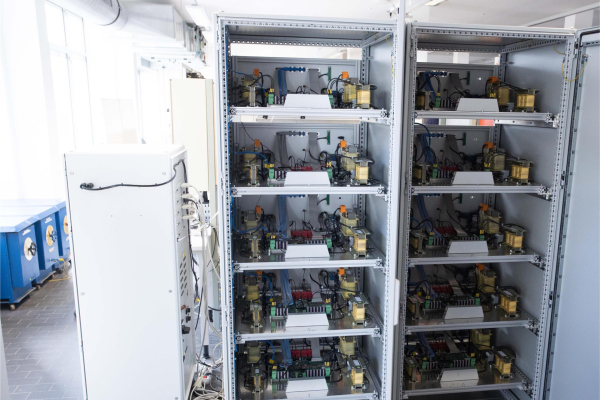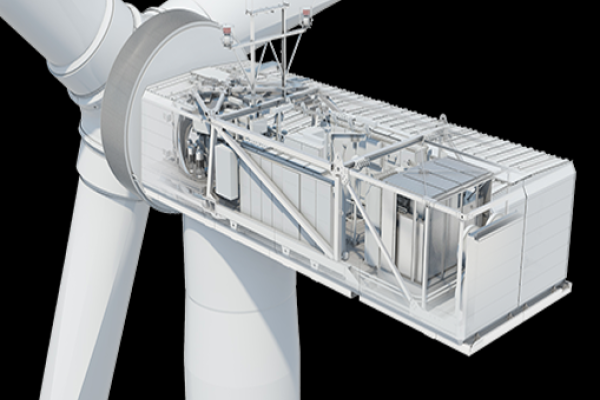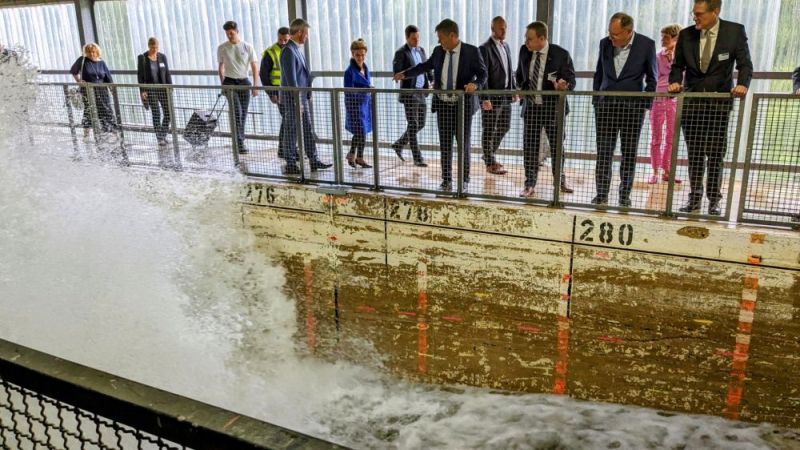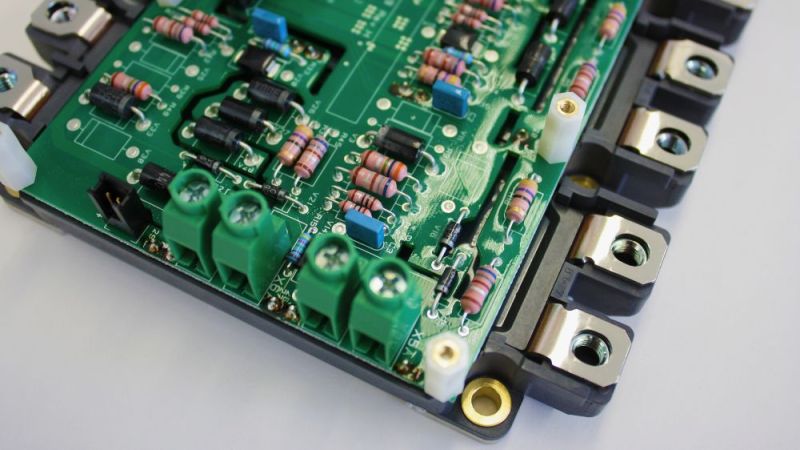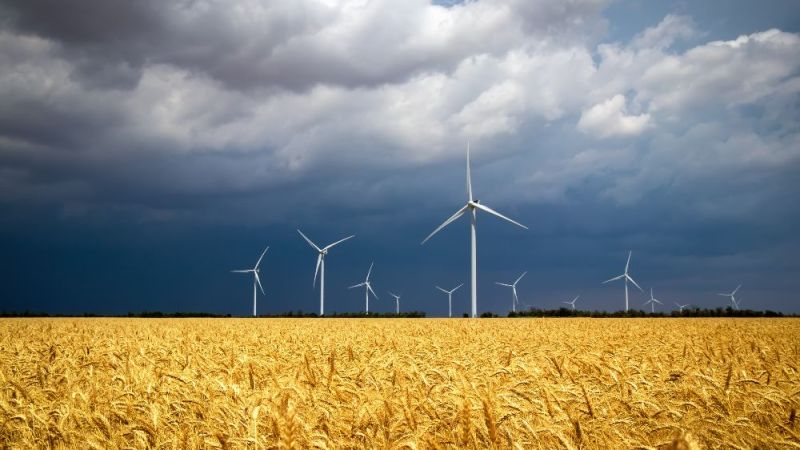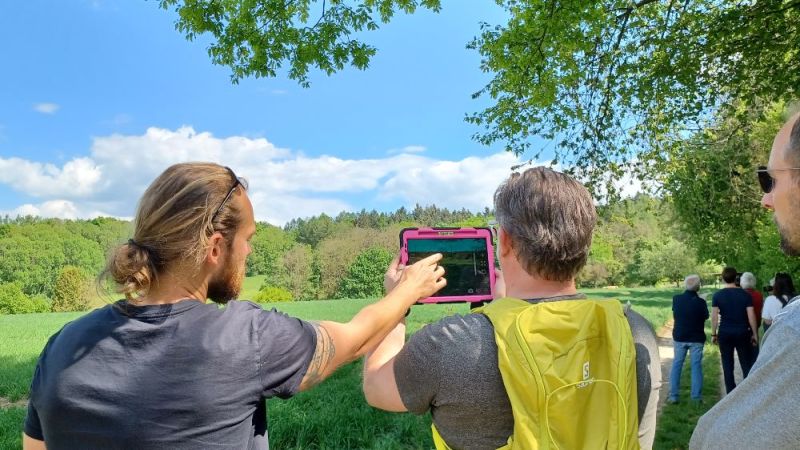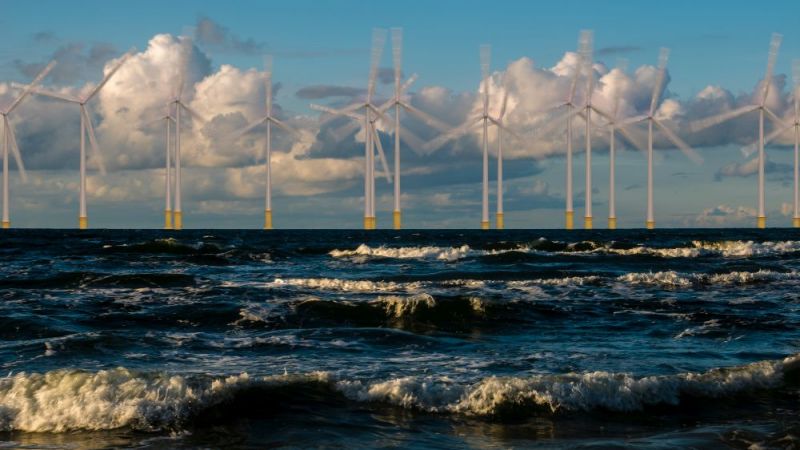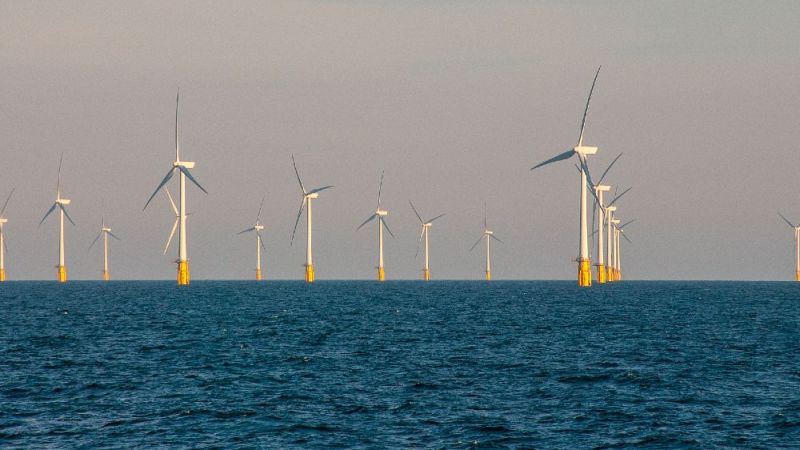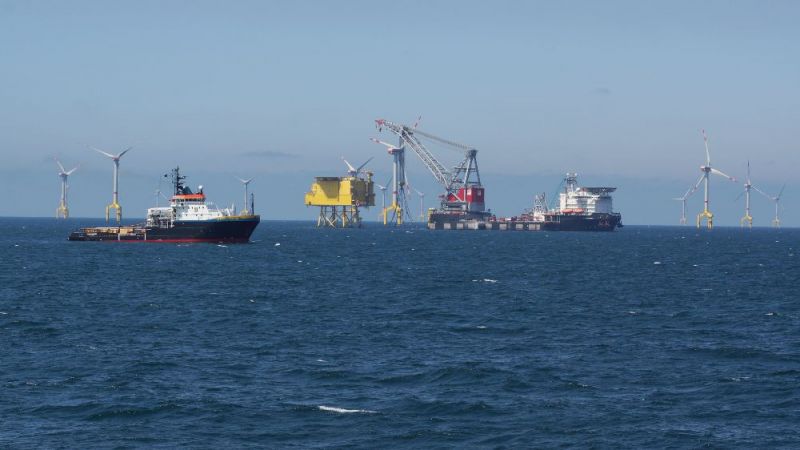Wind power
Higher power through coordinated switching of several converters
Getting more power from a wind turbine by optimising the converters connected upstream of the power grid was the goal of the WindUmEta research project. The result of the project team is promising.
Scientists, coordinated by the University of Rostock, have developed an innovative control method that increases the performance of the conventional converters used. The basic idea is to switch several converters, which are connected in parallel, in a coordinated manner. They call this process a “coordinated multilevel hysteresis control strategy”. By coordinating the devices, the current remains within a given bandwidth – at the same time, the number of required switching operations is minimised. This reduces the losses that usually occur when converting current.
"Until now, the parallel converters were clocking independently of each other. In the new process, a central control ensures optimised switching operations." Project manager Prof. D.Eng. Hans-Günter Eckel, University of Rostock
Through experimental tests in the laboratory of the University of Rostock, the scientists first demonstrated the advantages of the new control system. Reduced losses were already evident with four converters connected in parallel. In the future, with more powerful wind turbines, even more converters can be connected. "This will even increase the advantage of the new control system," says Professor Eckel.
Real measurements have proven the advantages of the new method
In order to be able to use the results in a targeted manner, the project partners transferred, in a further step, the method to the target hardware of the wind turbine manufacturer and project partner Enercon. An existing test rig at the wind turbine manufacturer was helpful, enabling the project partners to validate the advantages of their method in real measurements.
After the successful completion of the project, it must now be proven that the new control method even works robustly in any conceivable operating situations. "It is of crucial importance for Germany as a location to maintain its technical lead in the field of renewable energy through such innovations," says Professor Eckel. (mb)
Underlying converter concept
The basis of the successful control system is a two-point converter with conventional IGBTs (short for Insulated-Gate Bipolar Transistor). An IGBT is a power semiconductor device that is used as an electronic switch within the inverter. By clocking the IGBTs, it is possible to flexibly control the frequency and amplitude of the inverter's output voltage. IGBTs are characterised by a good price-performance ratio and their very good robustness and high reliability. IGBT voltage link converters are considered key components for regenerative power generation.


